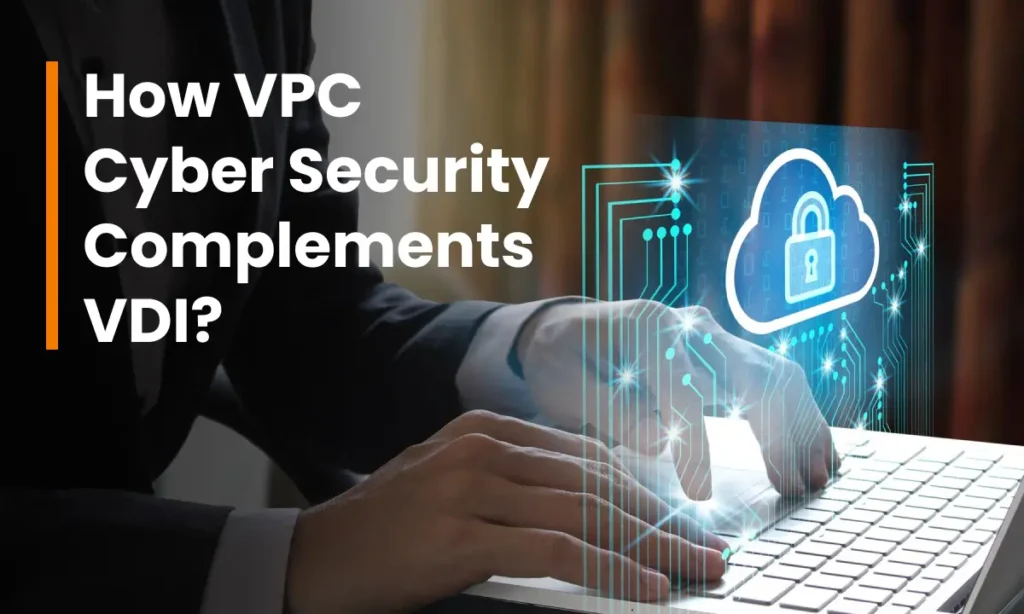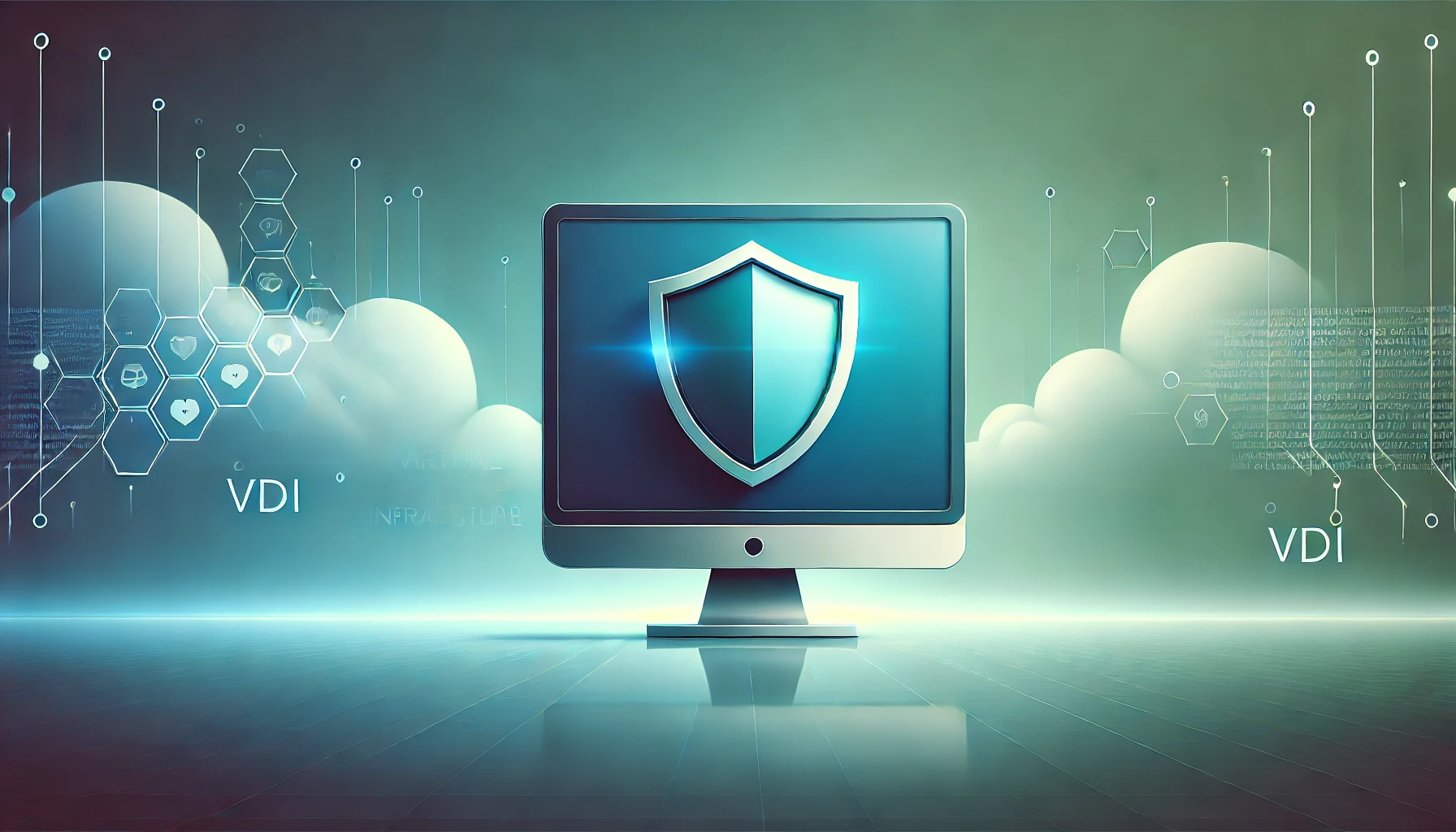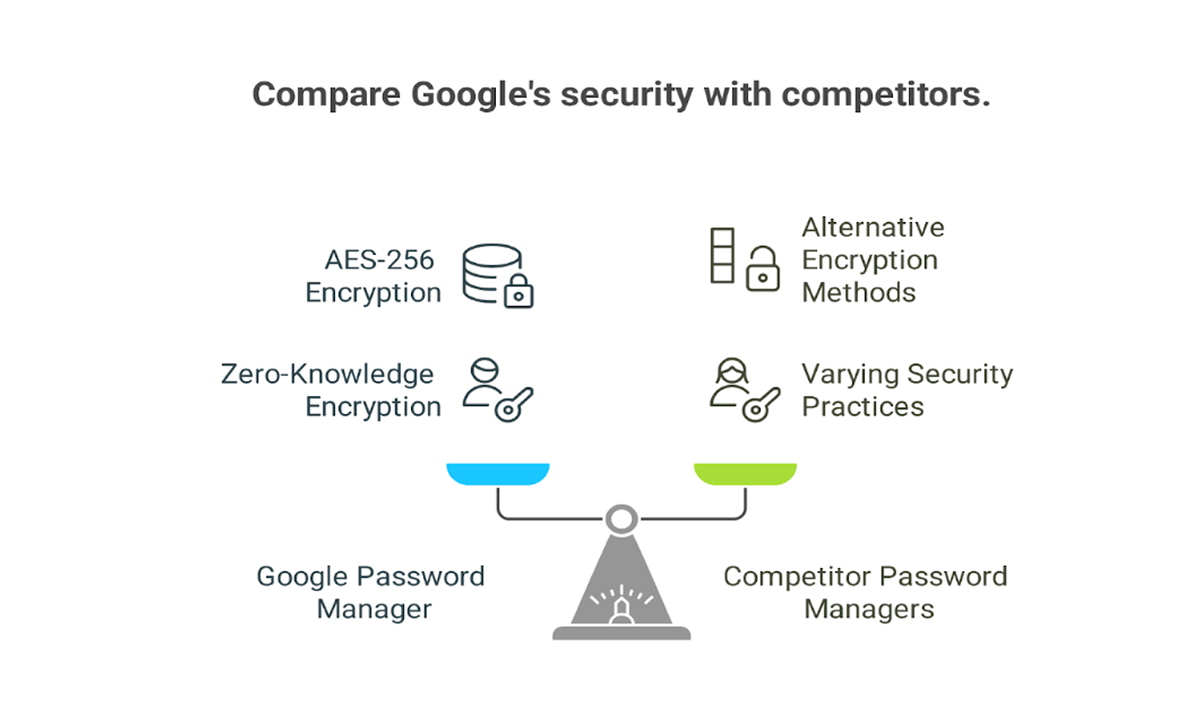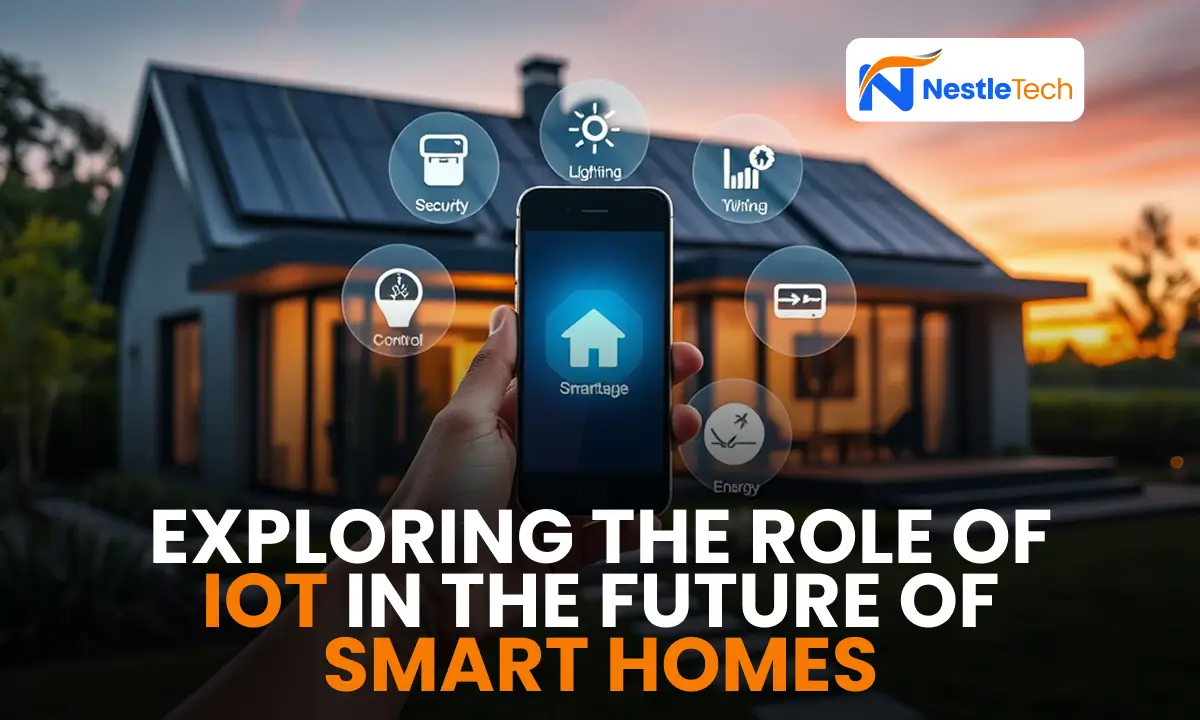The growing significance of cyber security in today’s virtual age can not be overstated. Among the various tools groups use to defend touchy data, Virtual Desktop Infrastructure (VDI) has emerged as a sport-converting era. But what precisely is VDI in cyber security, and the way can it benefit your business enterprise? Let’s dive deep into this topic and explore associated technology like VDI vs VPN, VPC cyber security, and more to enhance your information.
- VDI vs VPN: Which is Better for Cyber Security?
- How VPC Cyber Security Complements VDI?
- Containerization Cyber Security vs. VDI: Key Differences
- COPE in Cyber Security and Its Role in VDI
- How MDM Cyber Security Enhances VDI Access?
- VDI Citrix: A Leader in Cyber Security Solutions
- VDI vs VM: What’s the Difference?
- SDN Cybersecurity: A Complementary Technology for VDI
- FAQ: Virtual Desktop Infrastructure (VDI)
- Final Thoughts: Why VDI is Essential for Cyber Security
VDI vs VPN: Which is Better for Cyber Security?
Both VDI and VPNs are popular solutions for steady remote get right of entry, but they serve exceptional functions. VPNs create encrypted tunnels to connect remote users to company networks. However, they don’t save you from threats from compromised gadgets.
On the opposite hand, VDI centralizes all facts in secure servers, ensuring that touchy data in no way leaves the enterprise’s infrastructure. While VPNs may be cost-effective for fundamental use cases, VDI is a long way extra strong for corporations prioritizing cyber protection.
How VPC Cyber Security Complements VDI?

A Virtual Private Cloud (VPC) gives companies a steady and isolated environment inside a public cloud infrastructure. When paired with VDI, VPC cyber protection guarantees that virtual desktops are hosted in highly steady cloud environments.
For instance, deploying VDI in a VPC lets in organizations to leverage superior cloud security measures like encryption, get entry to controls, and firewalls, developing a multi-layered defense against cyber threats.
Containerization Cyber Security vs. VDI: Key Differences
While VDI specializes in developing virtual computers, containerization is some other generation that plays a large function in cyber protection. It entails setting apart programs within lightweight containers, making sure that a breach in a single field doesn’t have an effect on others.
Businesses regularly debate whether or not to apply containerization or VDI. For utility-precise use cases, containerization excels. However, for presenting stable, complete laptop environments to far-flung workers, VDI remains the better choice.
COPE in Cyber Security and Its Role in VDI
COPE (Corporate-Owned, Personally Enabled) is a cell device method in which businesses offer gadgets to employees however, they allow restricted non-public use. When combined with VDI, COPE in cyber protection creates a powerful synergy. Employees can securely access digital desktops on their business enterprise-furnished gadgets, even enjoying the ability to use them personally without compromising safety.
How MDM Cyber Security Enhances VDI Access?
Mobile Device Management (MDM) solutions are essential for dealing with and securing gadgets accessing company assets. By integrating MDM cyber safety with VDI, corporations can put into effect tool-degree policies which include encryption, far-flung wipes, and compliance assessments, ensuring the handiest secure gadgets hook up with virtual computer systems.
In brief, VDI takes the concept of a traditional laptop, detaches it from physical hardware, and makes it on hand from everywhere. It’s a modern solution that continues teams related, efficient, and equipped to tackle their obligations, irrespective of where they may be.
VDI Citrix: A Leader in Cyber Security Solutions

When discussing VDI carriers, Citrix is a call that stands proud. Known for its sturdy solutions, VDI Citrix offers superior functions like consultation monitoring, adaptive authentication, and community isolation.
By selecting Citrix VDI, businesses have the advantage of access to a trusted platform that prioritizes overall performance and cyber protection, making it a notable desire for organizations with traumatic safety necessities.
VDI vs VM: What’s the Difference?
While both VDI and Virtual Machines (VMs) contain virtualization, they serve special purposes. VDI gives customers with getting admission to virtual computers hosted on centralized servers, while VMs are independent virtualized environments used for going for walks on more than one running system on an unmarried physical machine.
For companies prioritizing far-flung paintings and cyber safety, VDI is frequently the preferred due to its centralized control and enhanced records protection.
SDN Cybersecurity: A Complementary Technology for VDI
Software-Defined Networking (SDN) is revolutionizing community control by means of permitting centralized control over community assets. Integrating SDN cybersecurity with VDI allows companies to enforce dynamic security rules, screen traffic in real time, and isolate threats before they spread.
This aggregate complements the overall safety of virtual desktop environments, specifically in large-scale deployments.
FAQ: Virtual Desktop Infrastructure (VDI)
What is VDI, and the way does it work?
Answer:
Virtual Desktop Infrastructure is an era that permits digital computers to be hosted on a centralized server. Employees or users can get entry to those computers remotely through the usage of devices like skinny clients, normal computers, or maybe mobile gadgets.
Here’s how it works:
- Hypervisor Setup: A hypervisor, that’s specialized software, divides a bodily server into more than one virtual machine (VM).
- Virtual Machine Creation: Each VM acts like a computer but exists completely in software.
- Virtual Desktop Installation: Once the VM is ready, a virtual computer is installed, turning the VM into a completely functional, customized workspace.
- User Access: Employees log in to their virtual desktop via a stable connection, the usage of minimum hardware assets. This setup permits consistent overall performance, centralized control, and accessibility from everywhere.
What is VDI vs VPN?
Answer:
While each VDI and VPN (Virtual Private Network) enable faraway paintings, they serve one–of-a-kind functions and characteristics in awesome approaches:
- VDI:
- Provides users with get entry to to a fully purposeful virtual desktop hosted on a centralized server.
- Applications, documents, and operating structures are controlled centrally, and users interact with the desktop remotely.
- Ideal for groups requiring stable, scalable, and managed environments for far-flung work.
- VPN:
- Establishes a steady, encrypted connection between the user’s device and the company’s network.
- Users access sources on their own gadgets, such as files or applications hosted on inner servers.
- Suitable for gaining access to on-premises assets securely, however, lacks the centralized desktop enjoyment of VDI.
In brief, VDI supplies a whole digital workspace, while a VPN acts as a steady gateway to a network.
What are the two sorts of VDI?
Answer:
The two primary sorts of VDI are:
- Persistent VDI:
- Each consumer gets their very own devoted virtual laptop.
- All changes made by the consumer (e.g., documents stored, settings configured) are retained among sessions.
- Feels greater like a non-public pc however requires greater storage and control resources.
- Non-Persistent VDI:
- Users share virtual computers, and no modifications are stored after logging out.
- Ideal for obligations in which personalization isn’t required, including in name centers or education environments.
- Easier to manage and scale, with lower garage necessities.
What is the distinction between VDI and VM?
Answer:
While VDI and VM are related, they may no longer the equal:
- Virtual Machine (VM):
- A VM is a software program primarily based illustration of a bodily pc.
- It runs its very own running device and features independently.
- Used for diverse purposes, which include checking out, improvement, or web hosting packages.
- Virtual Desktop Infrastructure (VDI):
- VDI uses VMs to host digital computer systems, which customers can get admission to remotely.
- Focused on imparting a whole computer surroundings for cease customers.
- Centralized control ensures consistency and security throughout all desktops.
In essence, VDI is a specific use case of VMs designed for handing over computing device environments to far-off users.
Final Thoughts: Why VDI is Essential for Cyber Security
In a global in which cyber threats are constantly evolving, technology like VDI plays a vital position in safeguarding sensitive facts. By centralizing computers, enhancing access controls, and integrating with complementary gear like VPC, MDM, and SDN, VDI in cyber safety provides a complete solution for current companies.
Whether you’re considering VDI Citrix, evaluating the advantages of COPE, or exploring how VDI vs VM compares, adopting Virtual Desktop Infrastructure is an investment in your business enterprise’s security and productiveness. Ready to take the subsequent step? Explore relied on VDI providers today and enjoy the peace of thought that incorporates present-day cyber safety answers.




